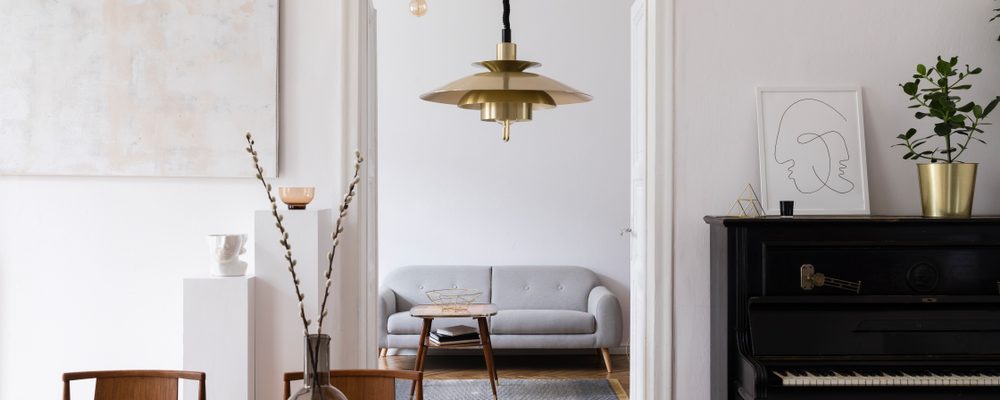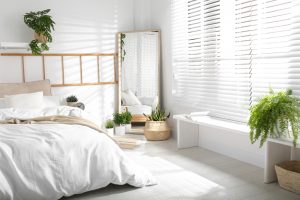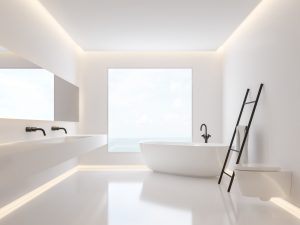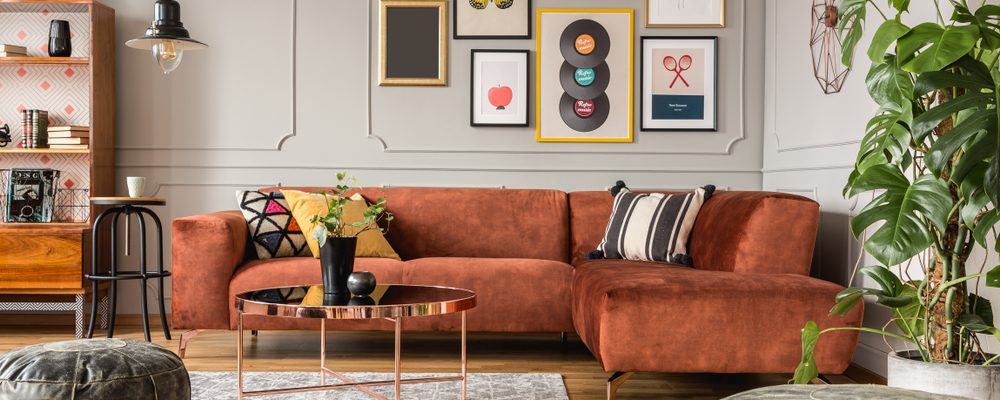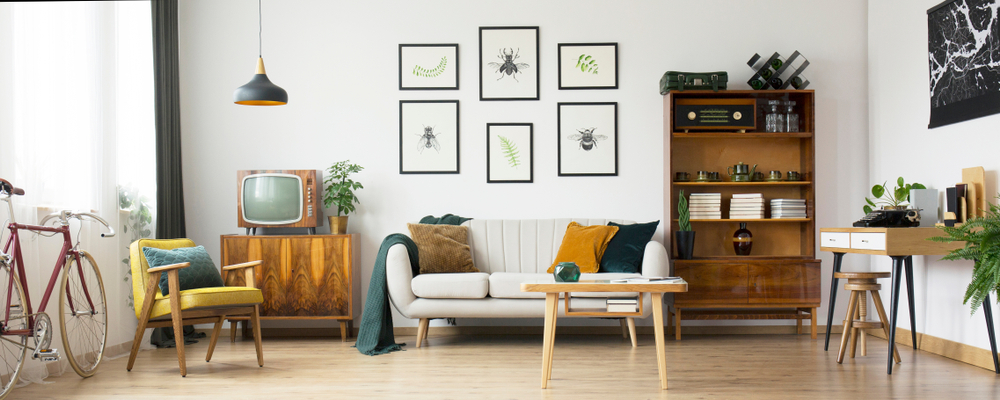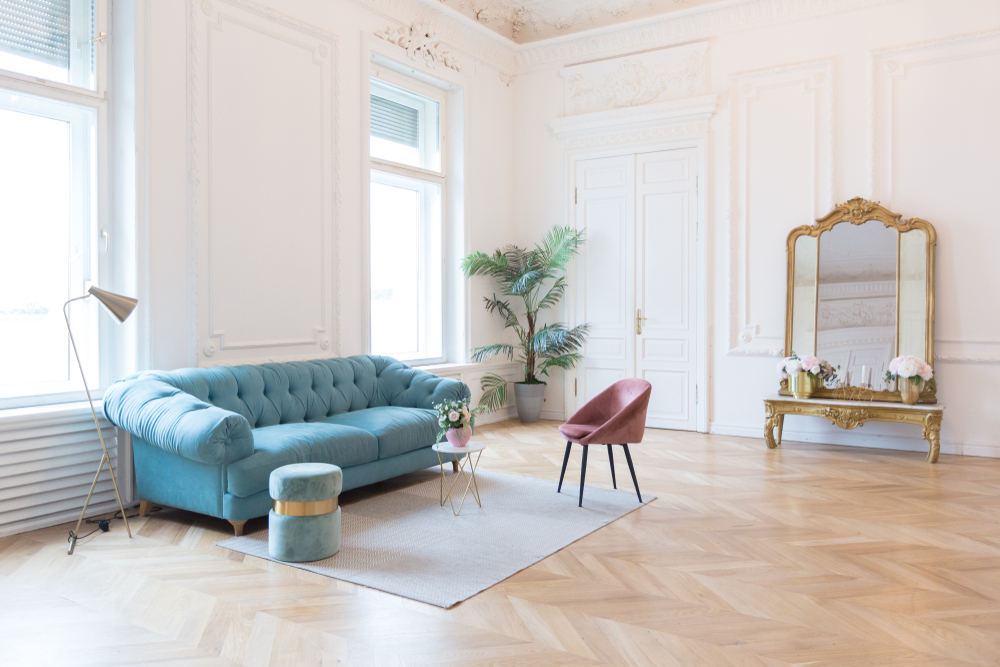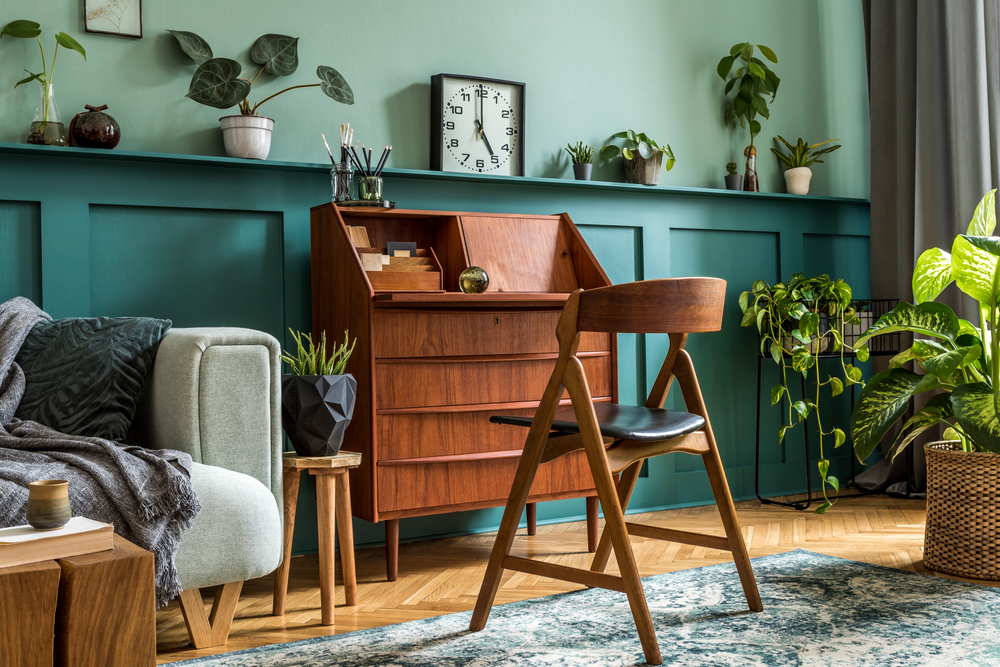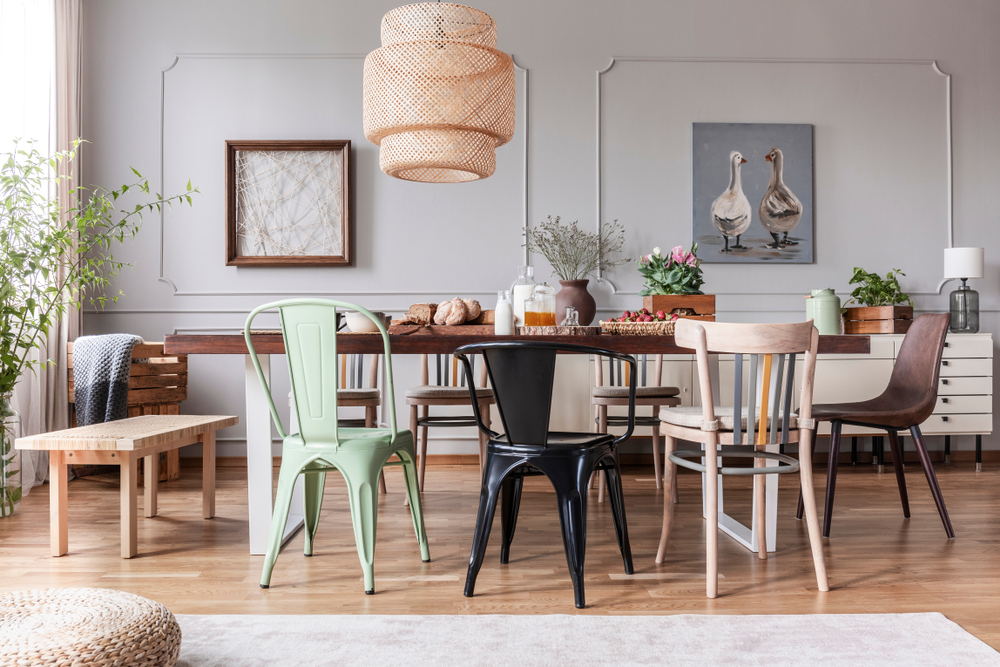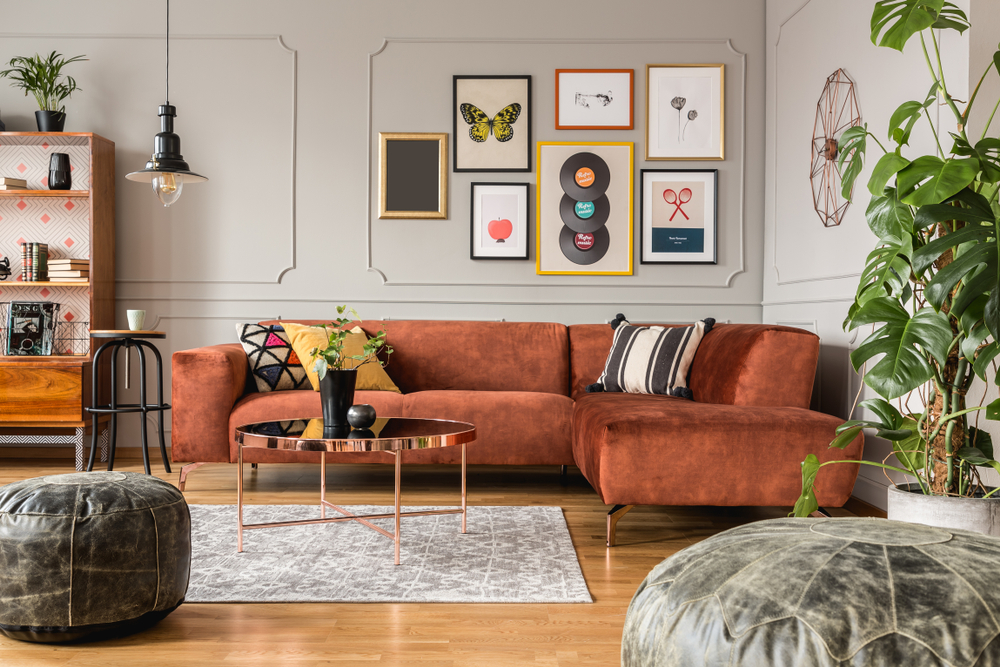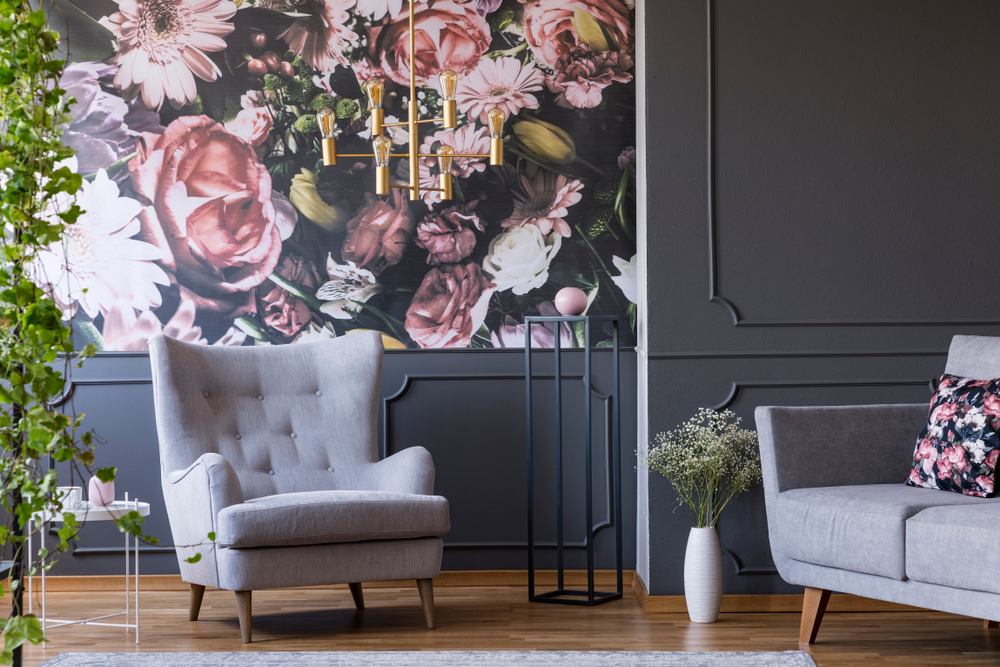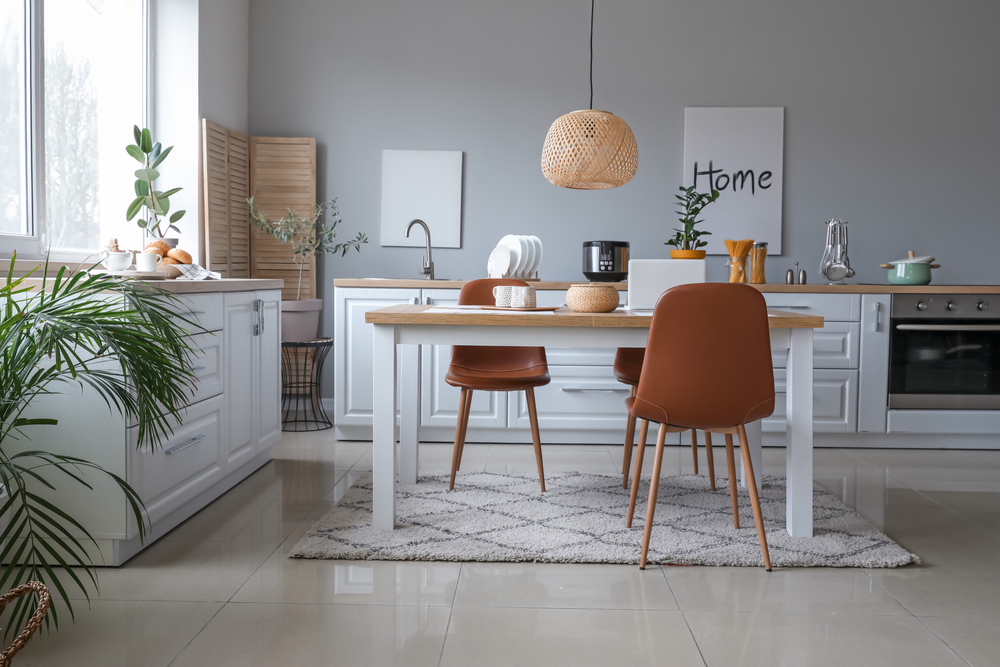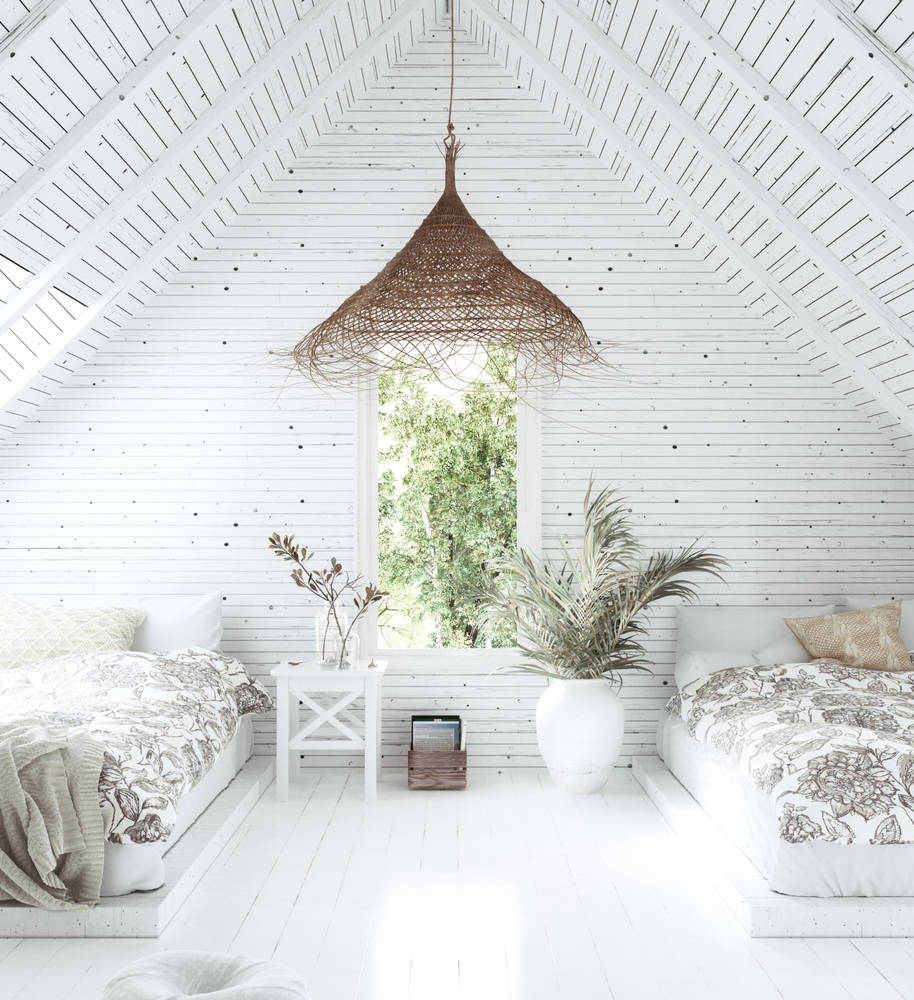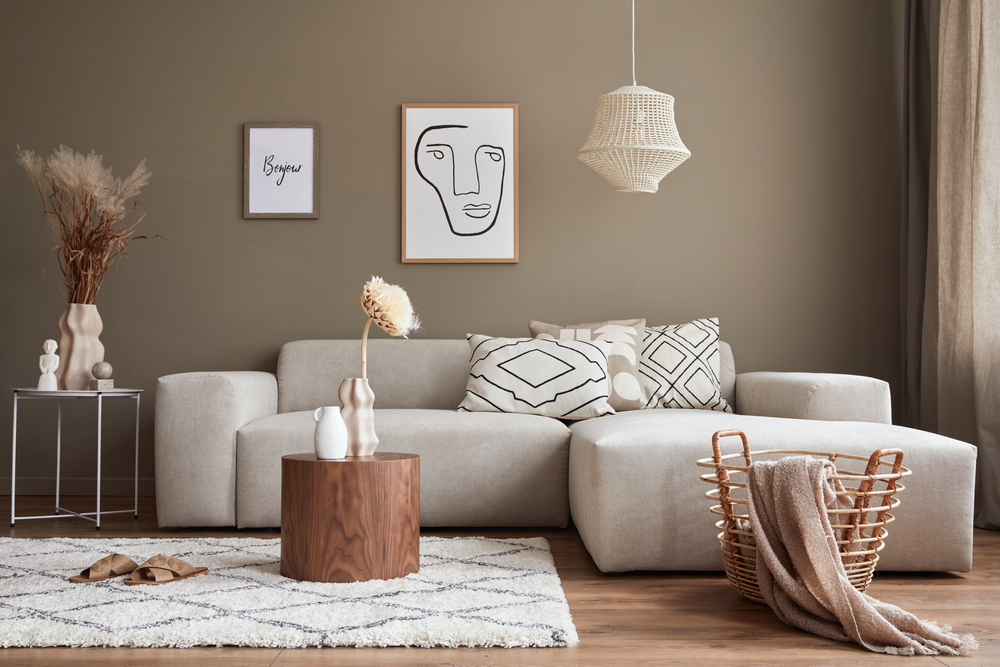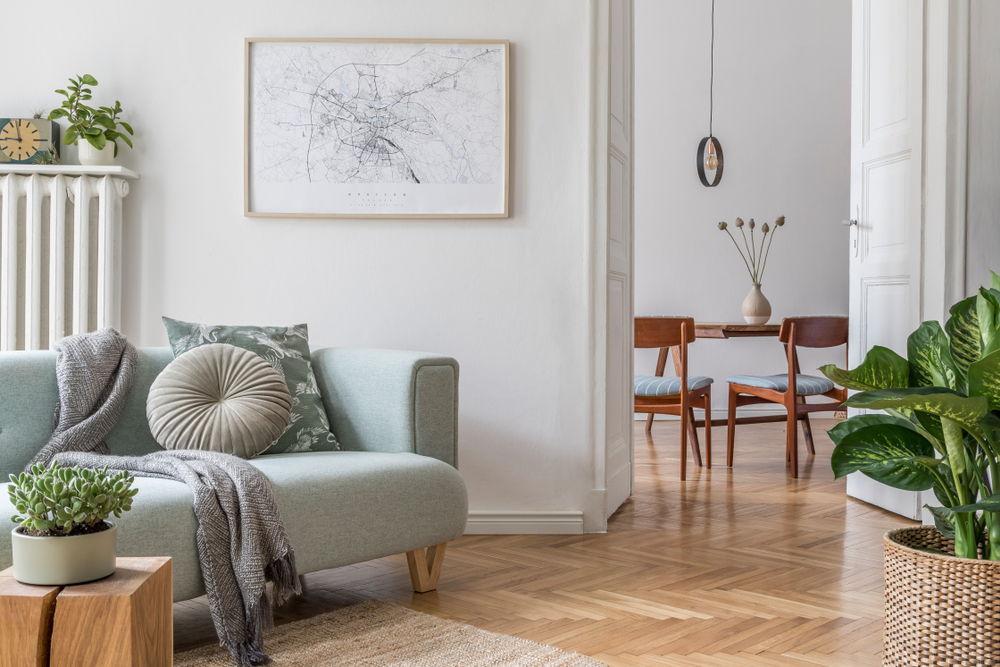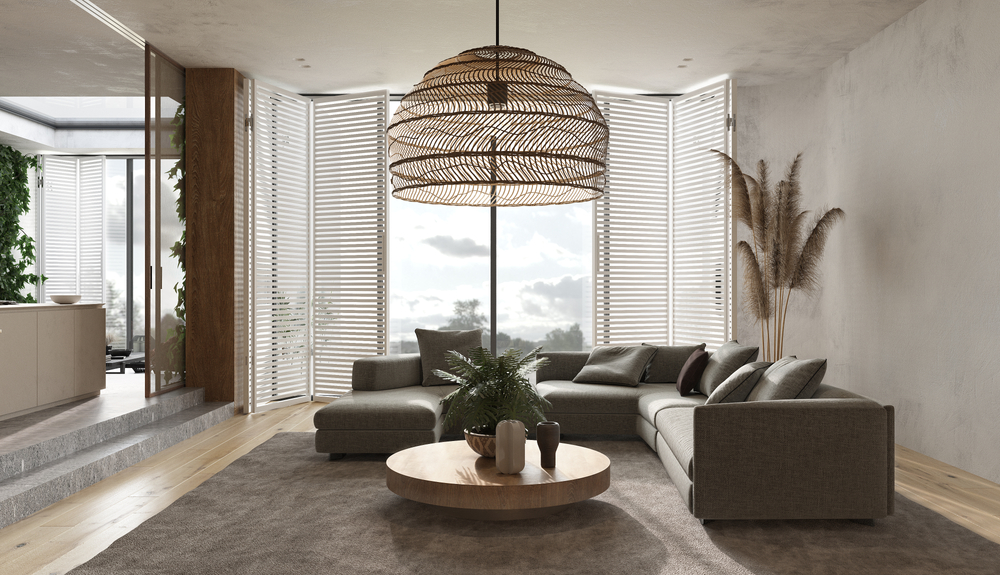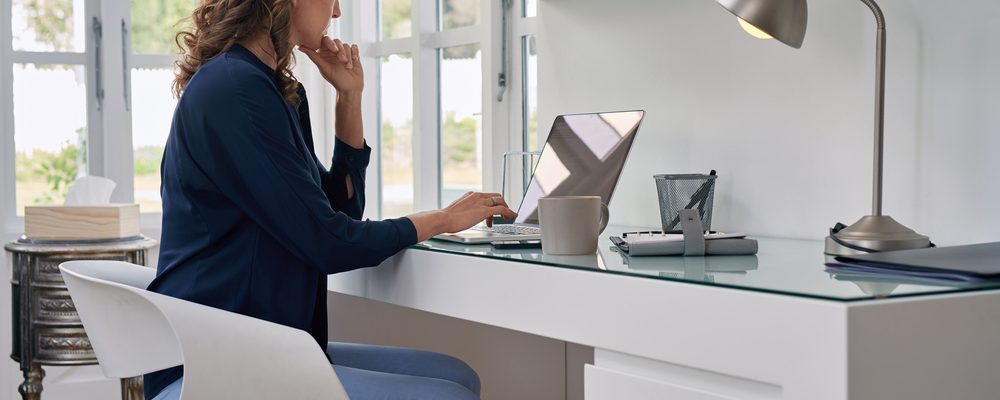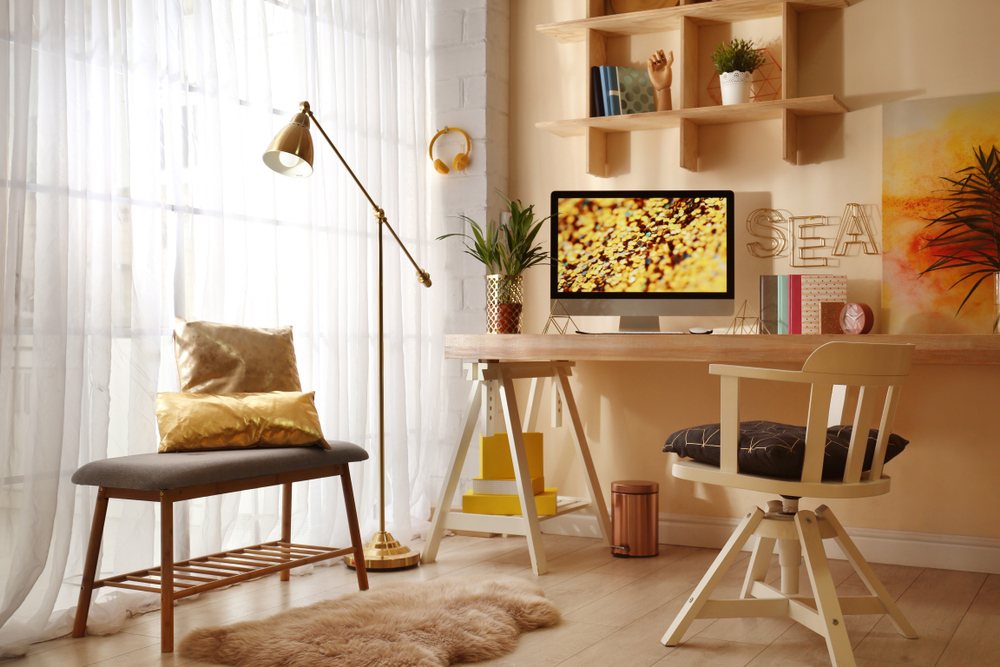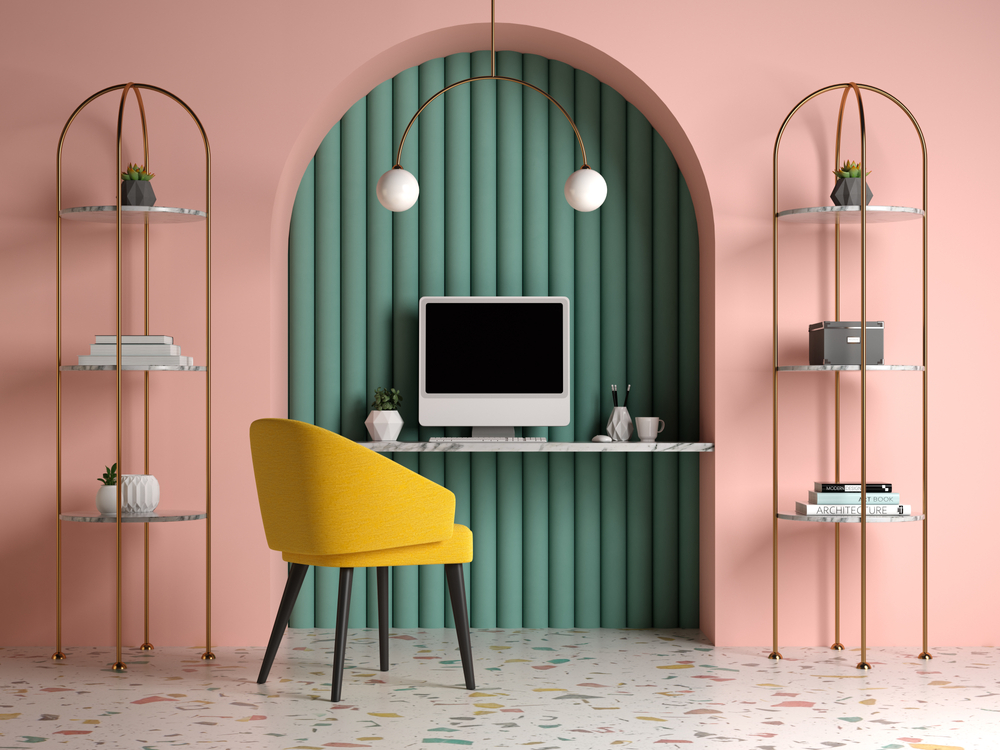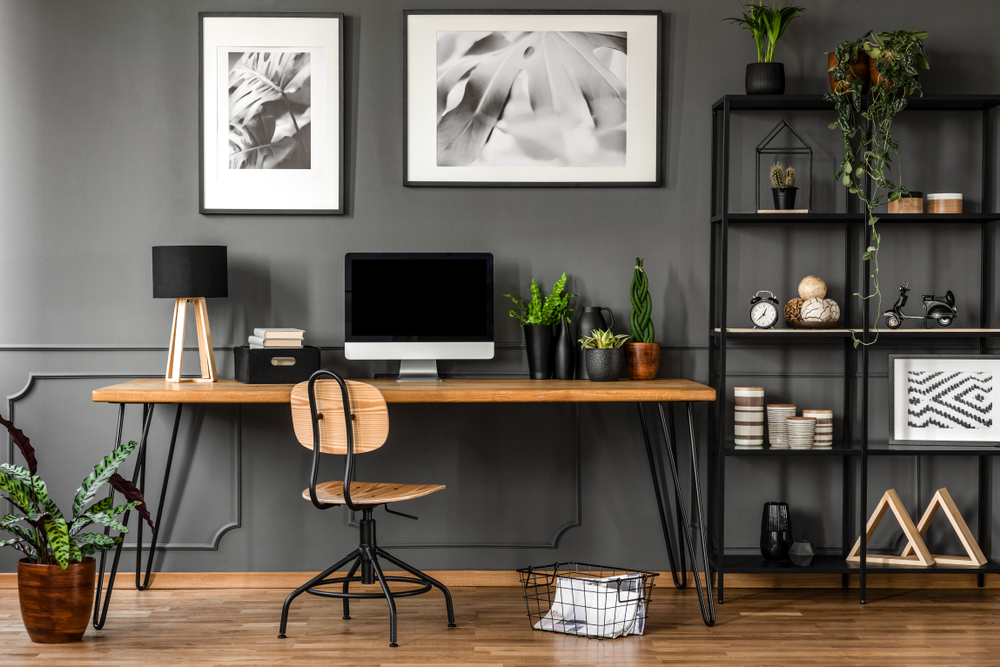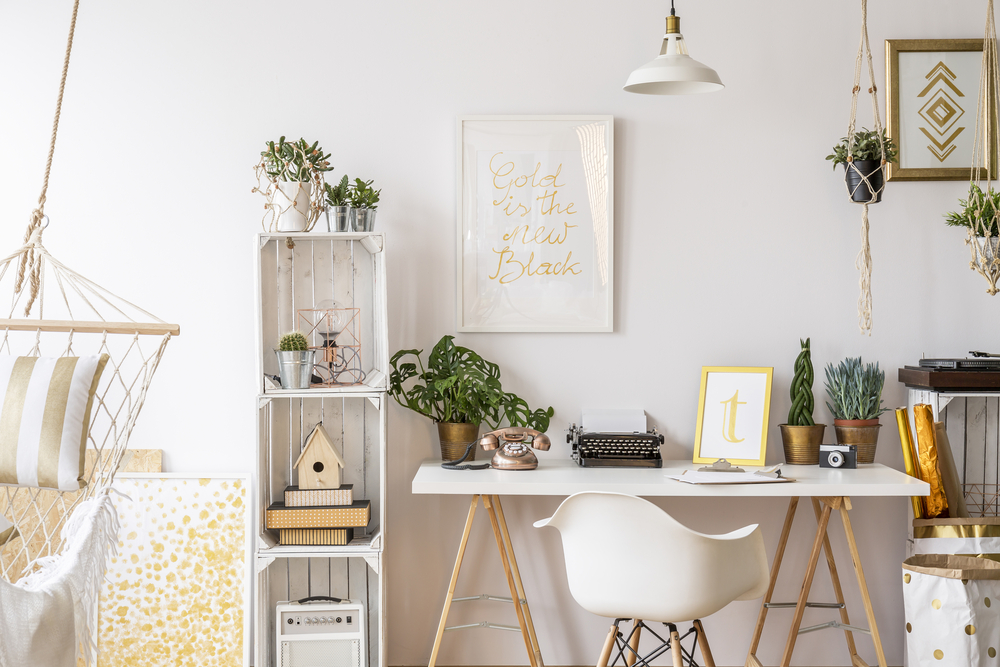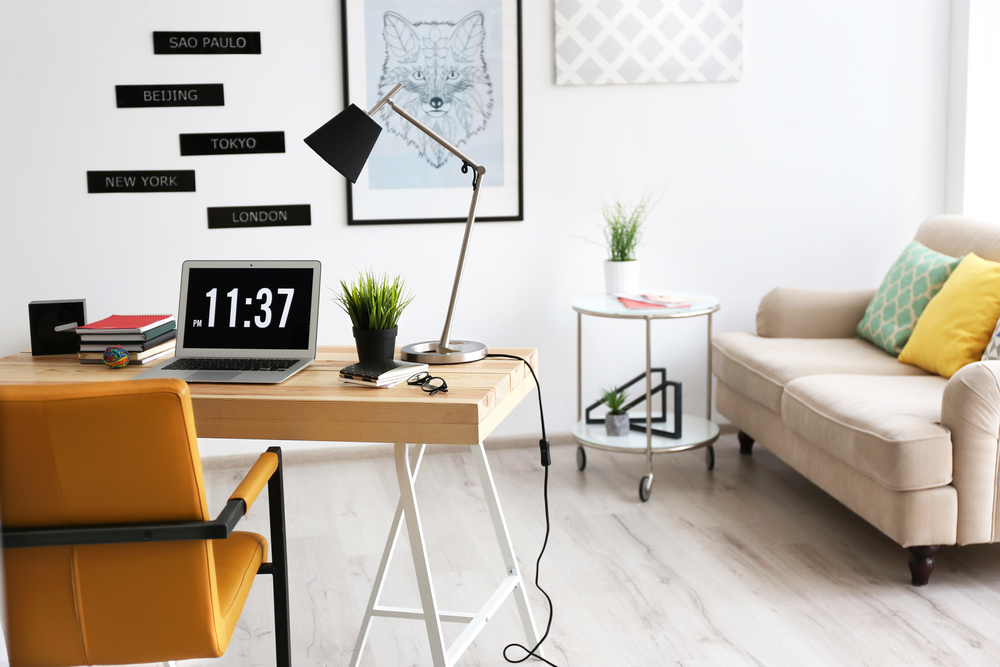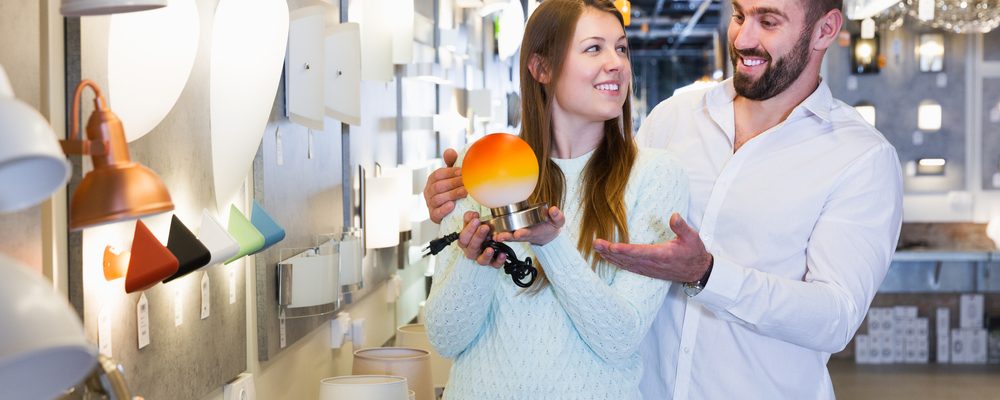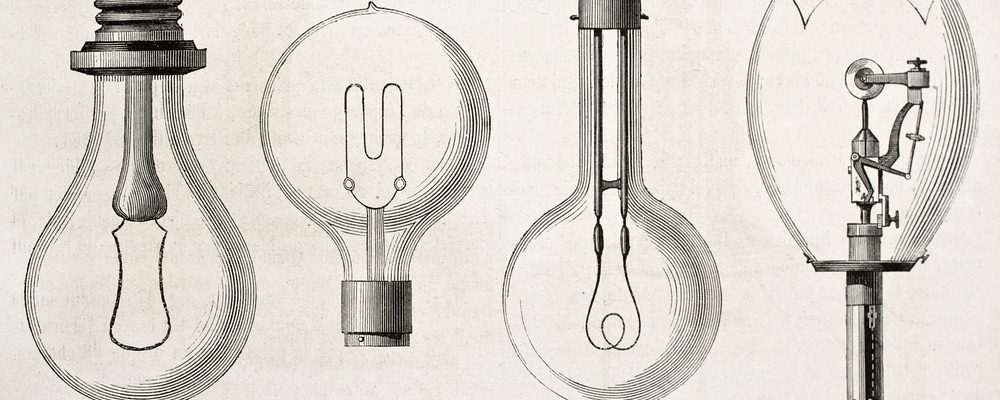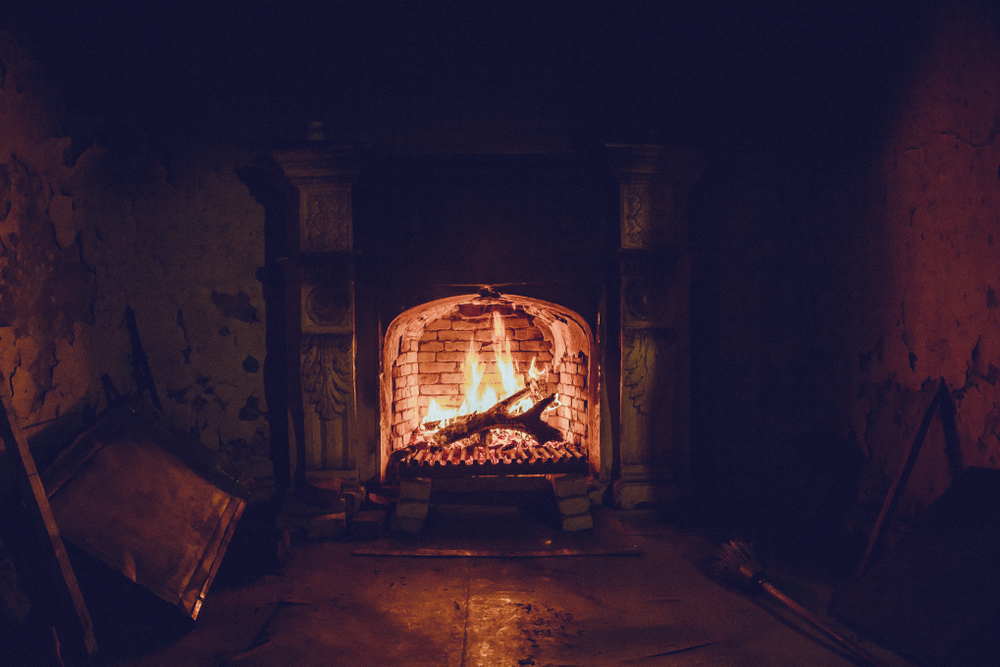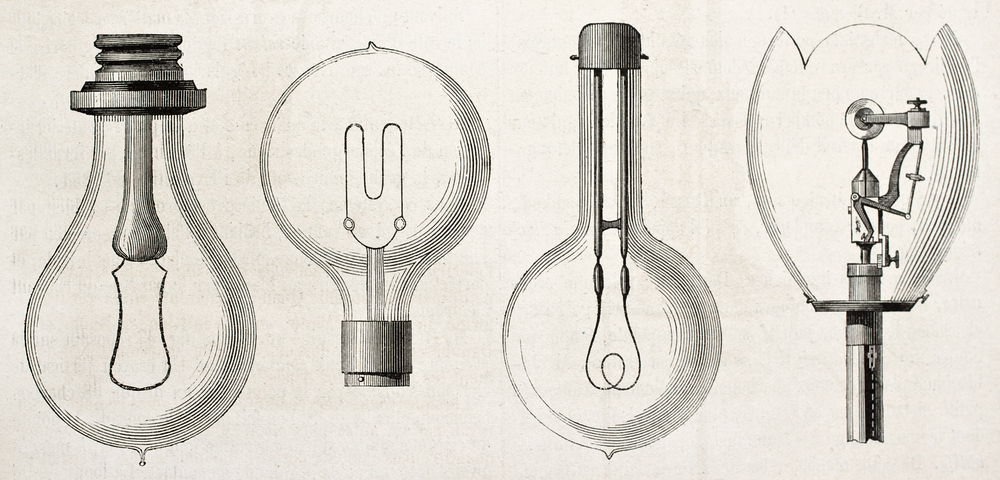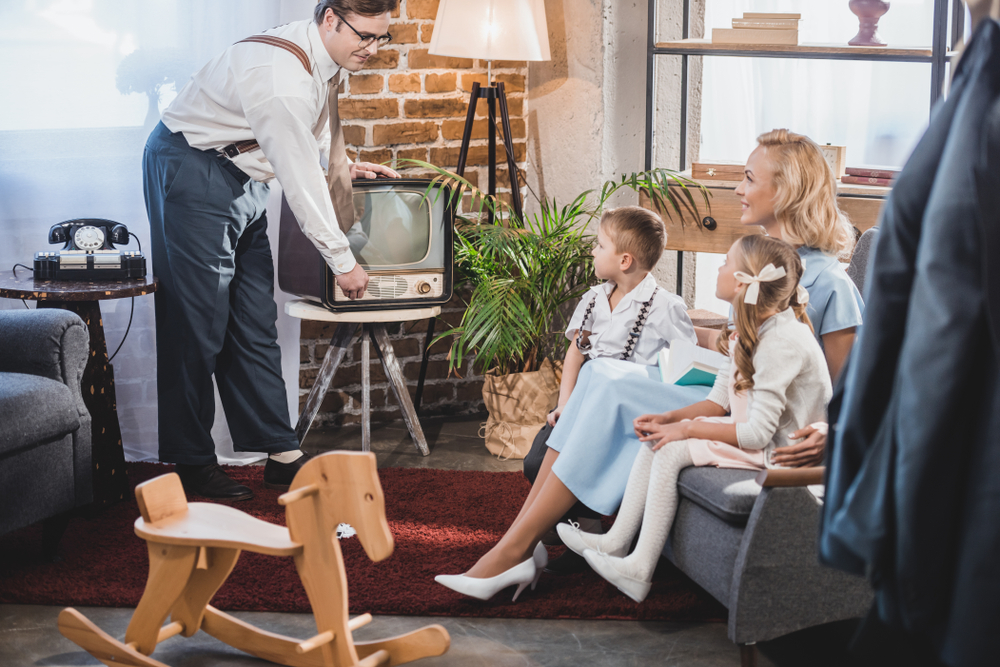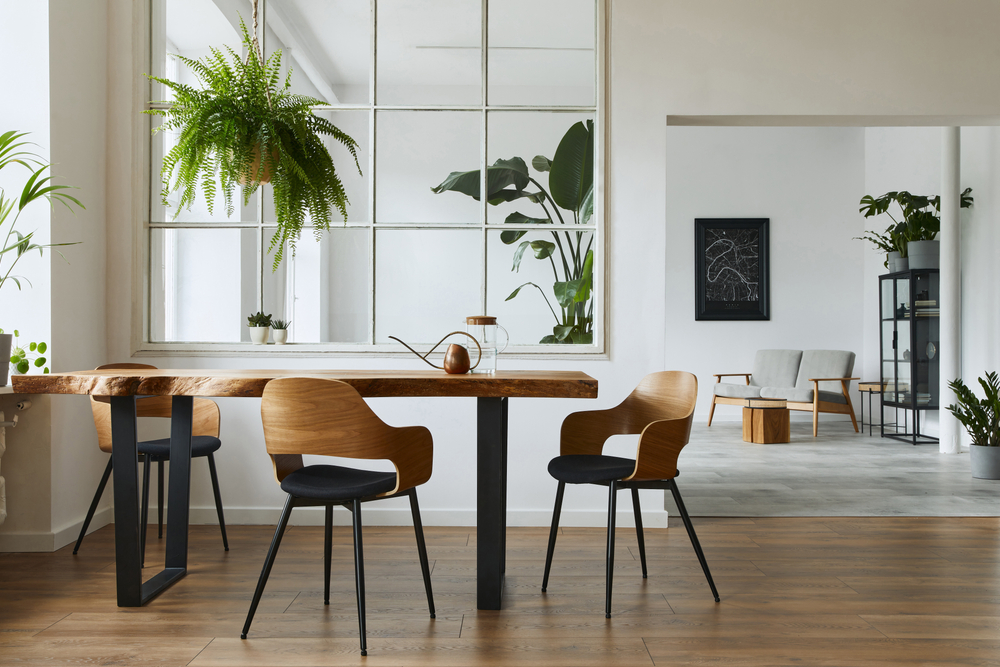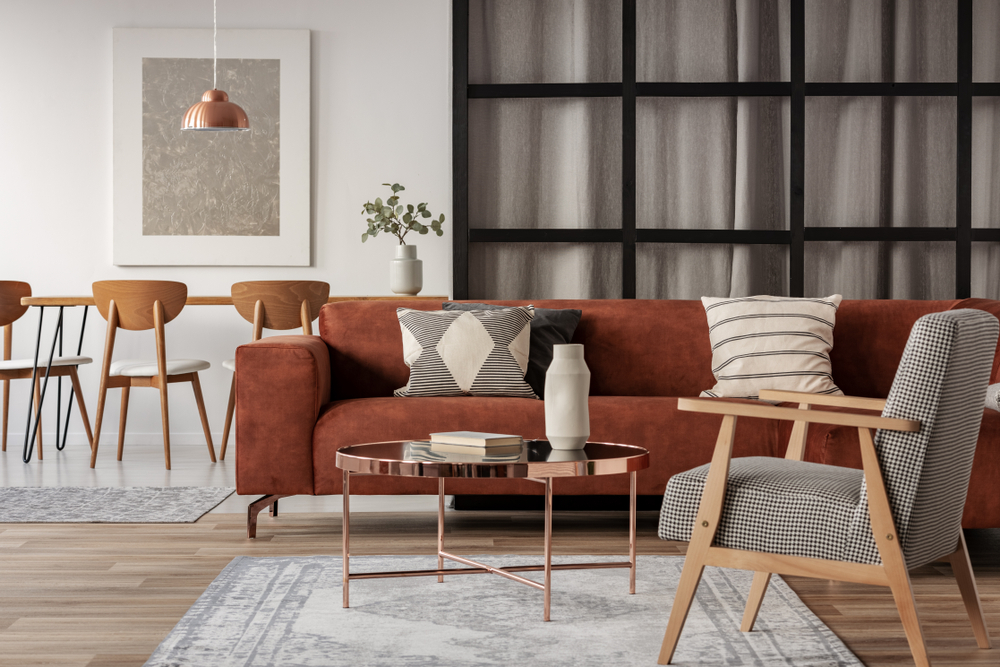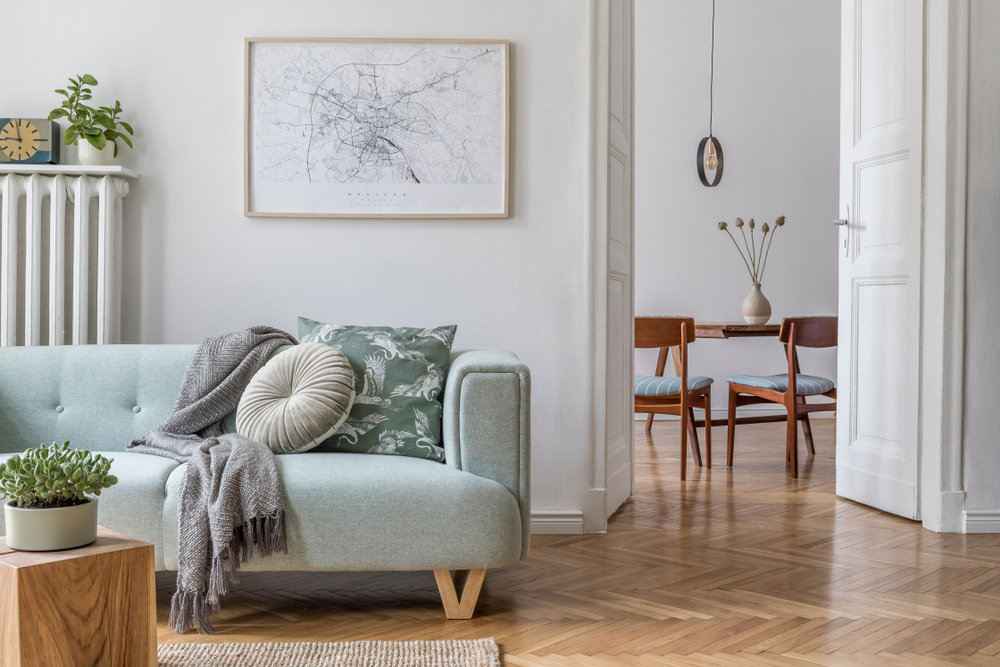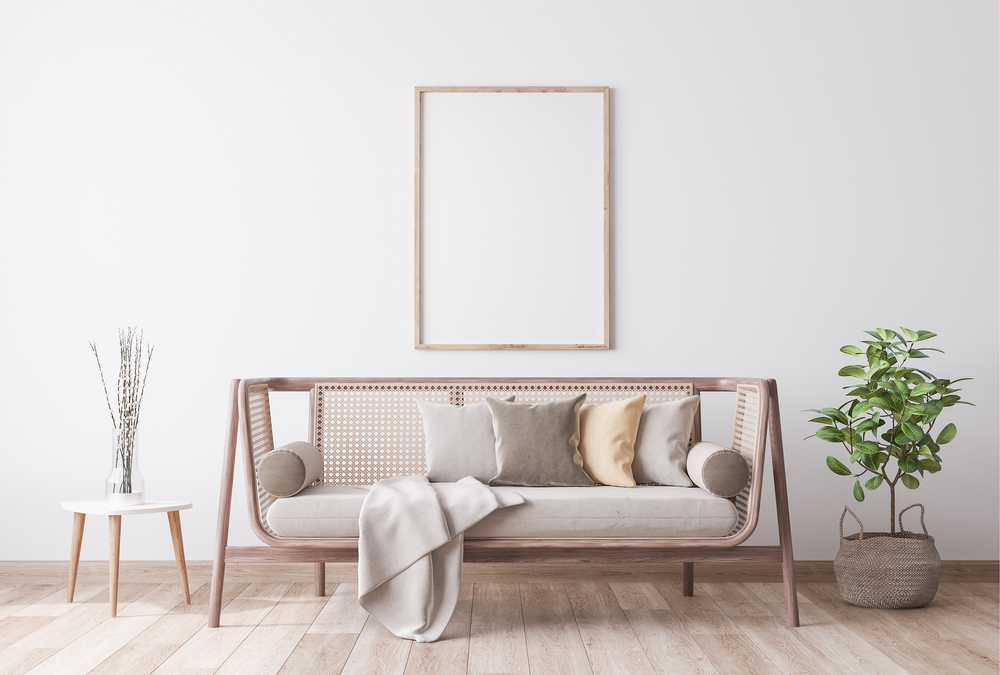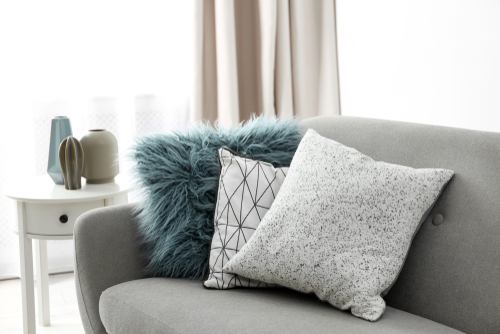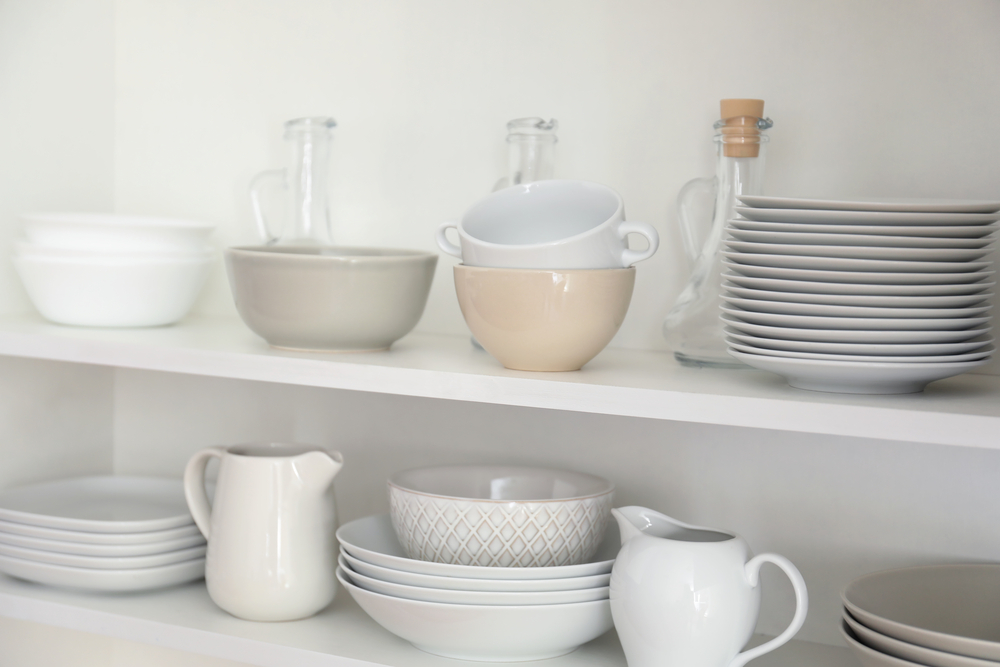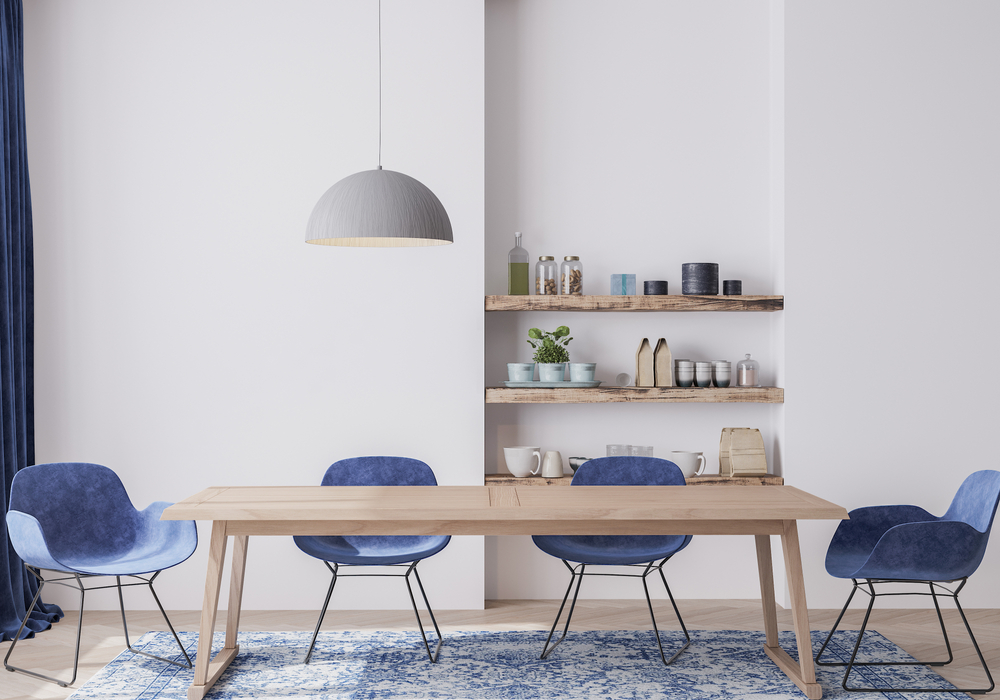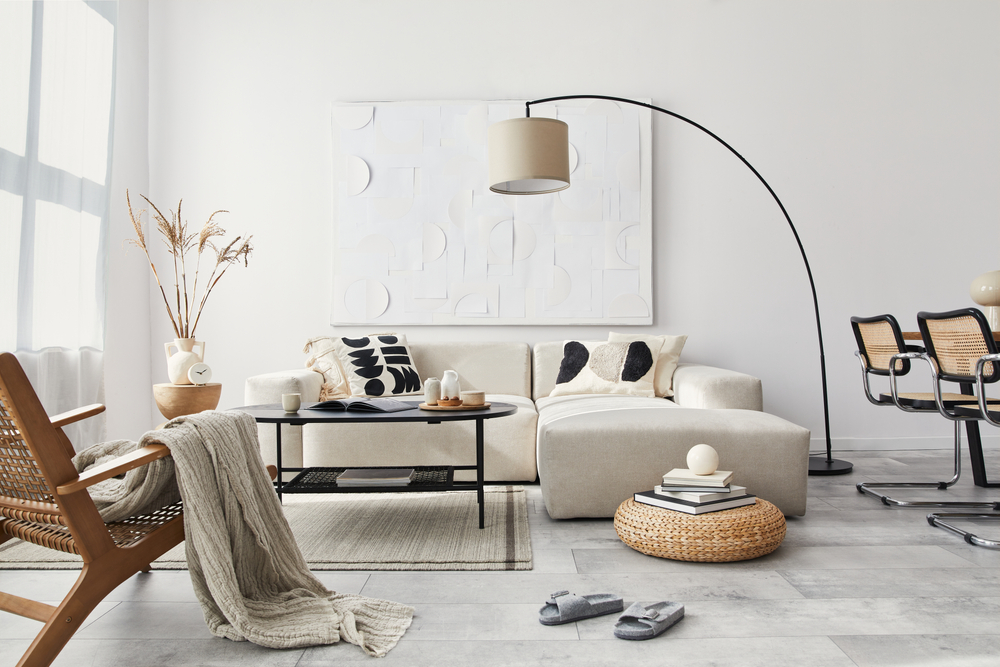Light is all around us, controls what we do and how our body runs. Yet, most people haven’t given much thought to the kinds of light that surround them. In this article, we’ll cover the basics of both as we explain how to use light to your advantage.
Types of Light in Interior Design
When we talk about interior design, there are a lot of different words that get tossed around about lighting. It can get a little confusing, but the good news is, if you can get down these main types of light you’ll be 90% good to go!
- General/Ambient: This is the main source of light for a space. It fills the room with bright, balanced, even light. This usually comes from an overhead fixture centered in the room or an array of recessed lights.
- Task: Task lighting is usually bright and used in combination with ambient light. It’s extra light that is strategically placed to add focused light to a workspace, like a kitchen counter or writing desk.
- Accent: Accent light refers to light that is more about design than function. Spotlights, track lights, and strip LEDs can fall into this category. They often shine on artwork or architectural features like high ceilings or feature fireplaces. Although accent light does fill a function, the main value is decorative.
- Mood: Mood lighting is generally soft, dim light. It encourages a calm or romantic atmosphere. Most often this is done with lamps, candles, or lights on dimmer switches.
When designing a lighting plan for your home, it’s important to create “layers” of light by including several types of lighting in each space. To see this in action, here’s a breakdown of the types of light found in this bedroom:
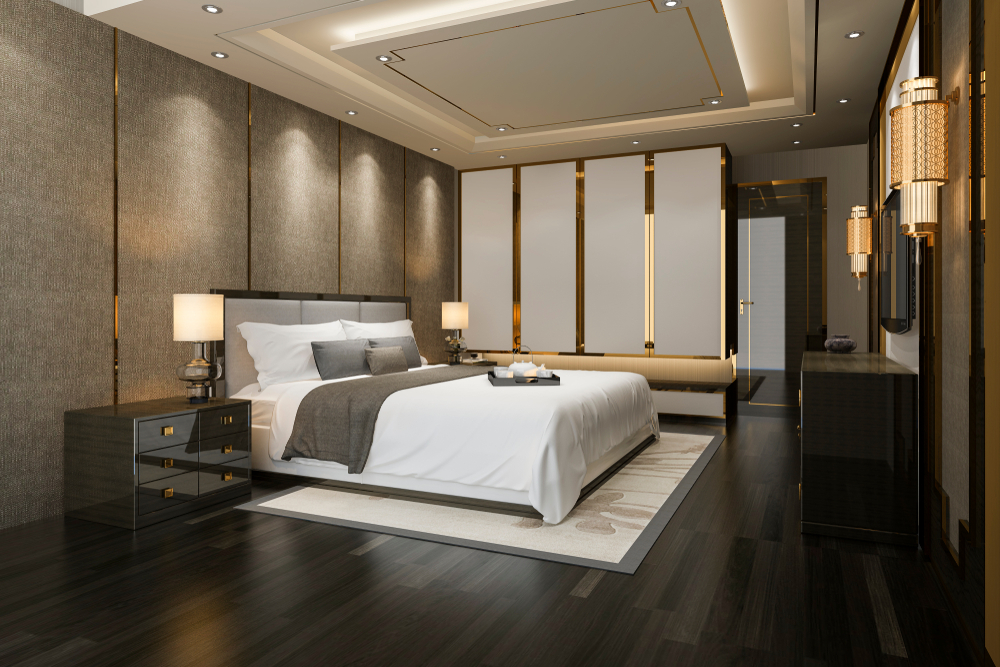
- General/Ambient: Array of recessed lights along the ceiling
- Task: Reading lamps on either side of the bed
- Accent: LED light strip tucked around the edges of a coved ceiling, recessed lights shining on wall panel details, decorative sconces on wall centered around the dresser
- Mood: Soft lights under closet doors, dimmer switches on several fixtures
This room is a great example of the way layered light adds to the design of a space without being overwhelming. Remember, you won’t usually be using all of these lights at the same time – but having options lets you customize the space for, however, you need to use it at the moment.
Other Types of Light
For most of your home projects, understanding the main types of lighting should be sufficient, but there are a few other lighting terms you may hear. Here are a few of the most popular terms:
Diffused Light
Properties: Gentle, encourages relaxation
Best locations: Bedrooms, tub, Living Room, Dining Room
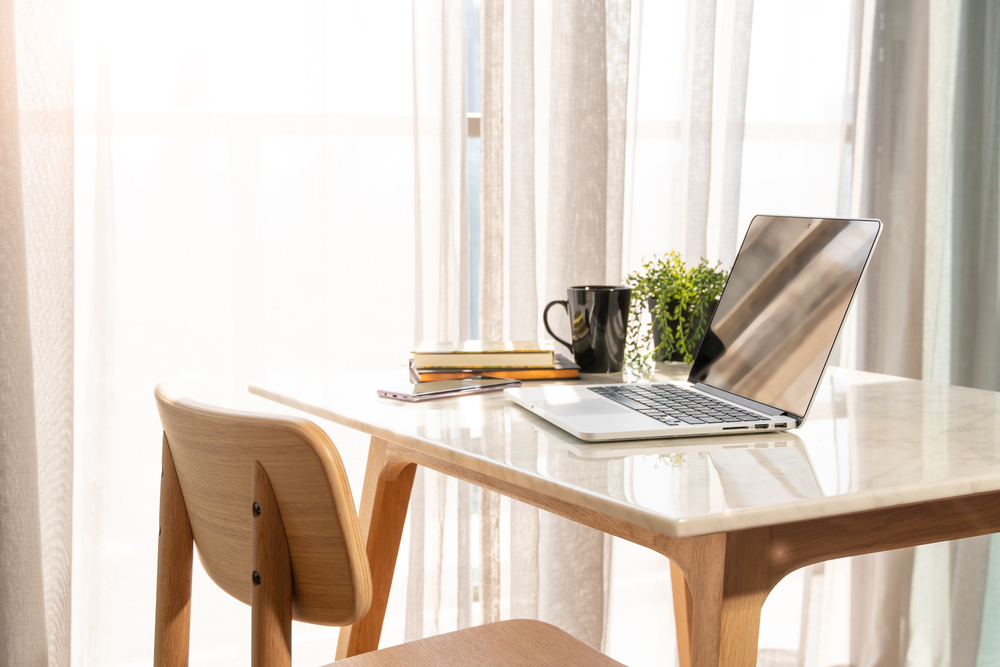 Diffused light is a natural companion to warm light. This term refers to light that is scattered and doesn’t cast a hard shadow. You can create this effect through reflected or covered lighting. We’ll focus on the latter here and touch more on reflected light in the next section.
Diffused light is a natural companion to warm light. This term refers to light that is scattered and doesn’t cast a hard shadow. You can create this effect through reflected or covered lighting. We’ll focus on the latter here and touch more on reflected light in the next section.
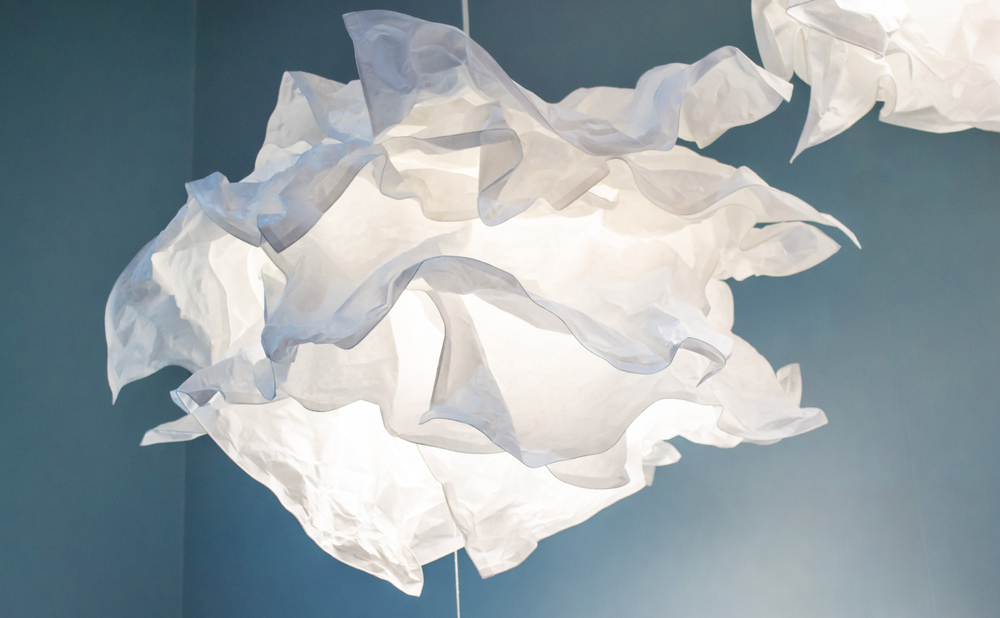
Breaking up light makes it less harsh and more relaxed, cozy. Popular design elements are boho wicker chandeliers, modern plastic-covered lights, or paper lanterns. Both allow for plenty of light but filter the harshness of the bulb.
The opposite of diffused light is hard light. This light shines directly from the source and casts a hard shadow. This light is often found in workspaces like the kitchen or office.
Reflected Light
Properties: Gentle, amplifies space
Best locations: Kitchen, Living Rooms, Bedrooms
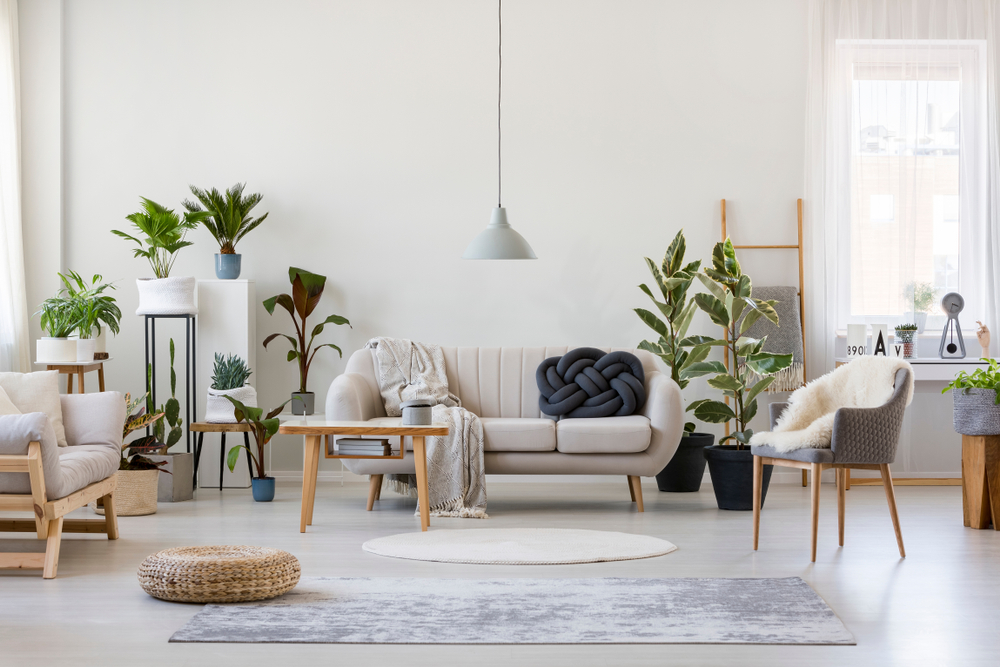
This term has more to do with how light reacts in a design after it hits a surface in your home than with the source of the light. There are a few things that will affect how the light hits, and bounces off, the objects in your home.
Color
Light colors reflect light, and dark colors absorb light. You can make a room feel big and spacious with just a coat of light-colored paint on the walls and ceiling. If you go dark on your walls, you’ll often need to add additional light sources to keep your room from feeling small.
Finish
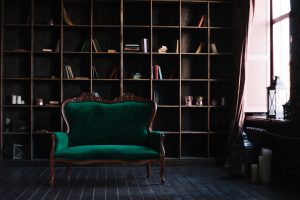
Smooth, glossy finishes like wood floors or metallic furniture will reflect light and bounce it back out into the room. Interiors with lots of glossy surfaces can get away with fewer light sources. If your room feels a little too bright – try adding in some softer, textured surfaces like a fabric sofa, a rug, pillows and blankets, or textured wall art.
Backlight
Properties: Highlights design, provides contrast, decreases eye strain
Best locations: Closets, Bookshelves, Cove ceilings, Wall panels, Kitchen cabinets, TVs and Computer Screens
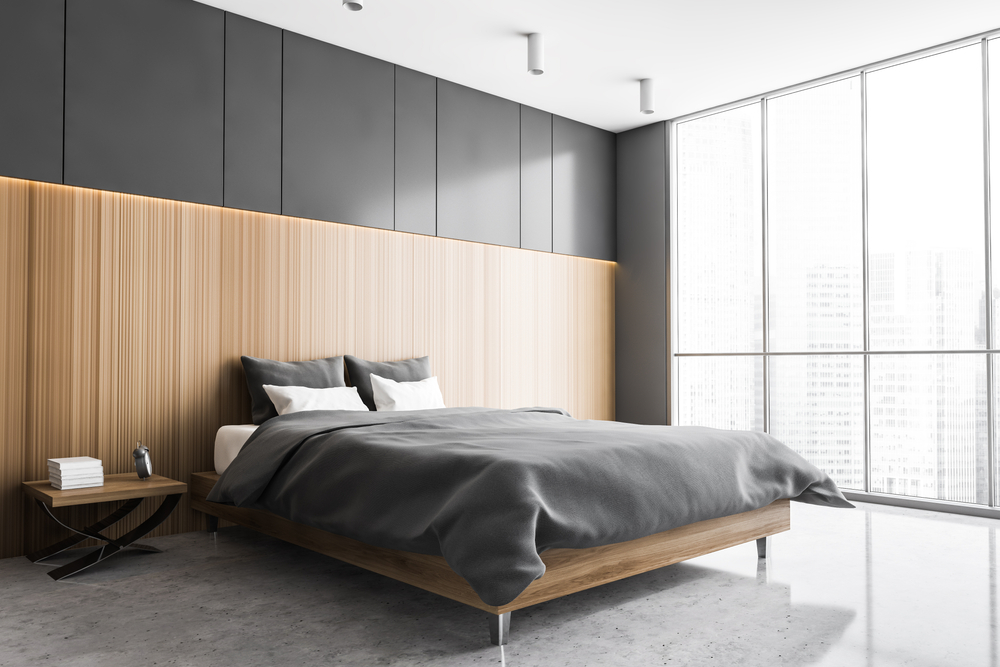
Backlighting is the practice of lighting an object from behind. With a soft light source behind it, your bed, tv, art, or mirror will look like it’s glowing. In interior design, backlighting can also refer to the practice of lighting a wall, floor, or other surfaces with soft light (as seen above) to give the illusion of continuous, shadow-free illumination.
As A Design Element
The key to successful backlighting is to tuck the light sources out of view and in reflective areas. In interior design, backlighting is usually found tucked into the recesses of architectural details like cove ceilings or wall panels, or around cabinets, bookshelves, and closets.
Behind Screens
Another common use for backlighting has a little less to do with design and more to do with function. Running a strip of LED lights along the back of a TV screen or computer monitor creates a soft glow around the edges of the screen, which reduces the strain on your eyes. Light used in this context is also often called bias lighting.
Light Temperature
The temperature of light refers to its energy and wavelength. Higher energy light can appear blue and is called cool. Lower energy light appears yellow or red and is called warm. The temperature of the bulbs you put in your light fixtures can actually impact how you feel while you’re in the space, and can even affect your sleeping patterns.
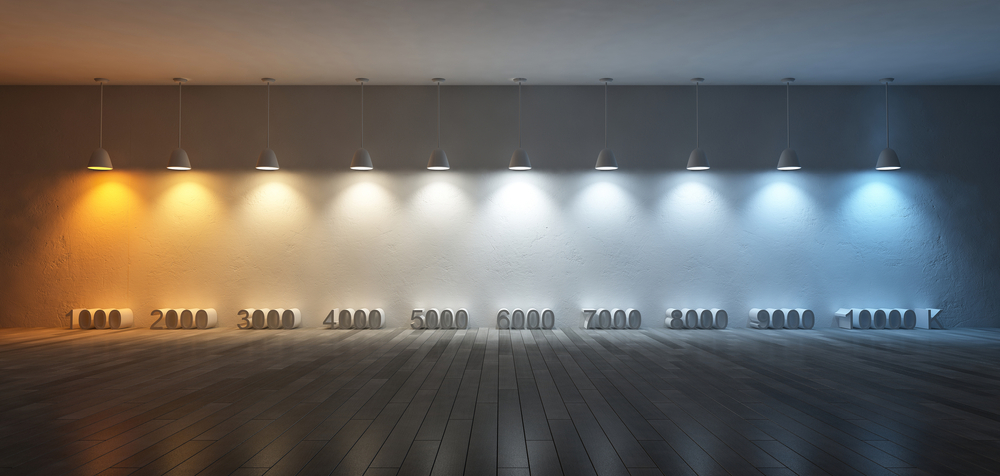
Traditional incandescent bulbs only gave off warm light, so there was little variety in the light temperature of interior light fixtures. But LED technology has created light bulbs that can give off any wavelength from cool to warm, and some bulbs can change color with the click of a button on a remote.
Homeowners now have a much wider range of color temperatures to choose from – so it’s important to understand how these light temperatures affect you when you’re lighting your home.
Cool Light
Properties: Alertness, attention, working brain
Best Locations: Office, Kitchen, Vanity, Bathroom Mirror
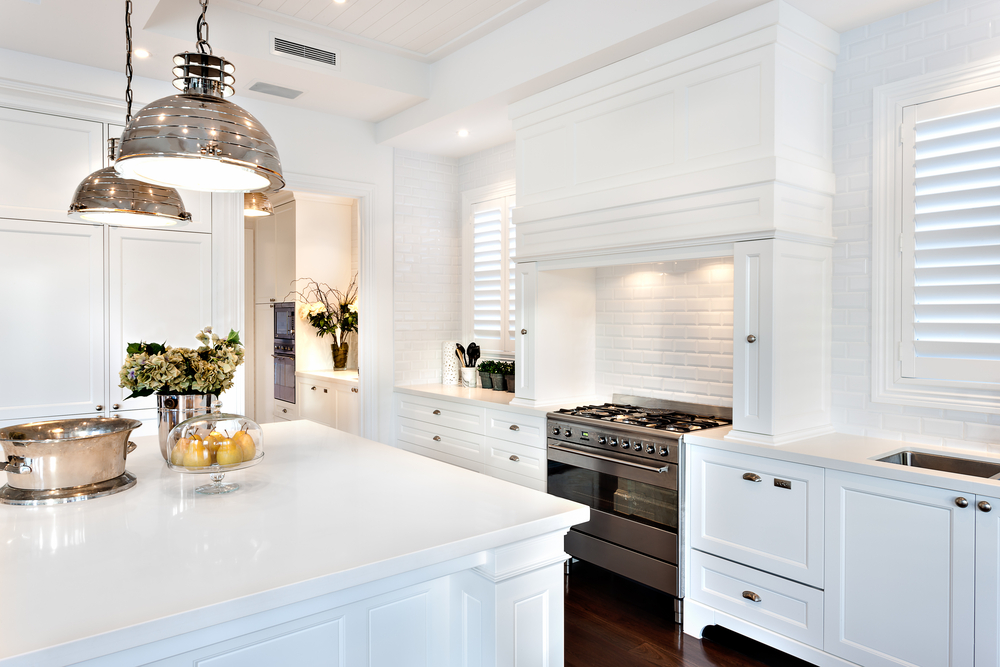
Blue light is receiving a lot of negative attention these days, but it’s not all bad. Blue light is a very important part of both our daily cycle and our workday.
The biggest source of blue light is the sun. The blue spectrum of light activates our attentive brain, which helps to keep us alert.
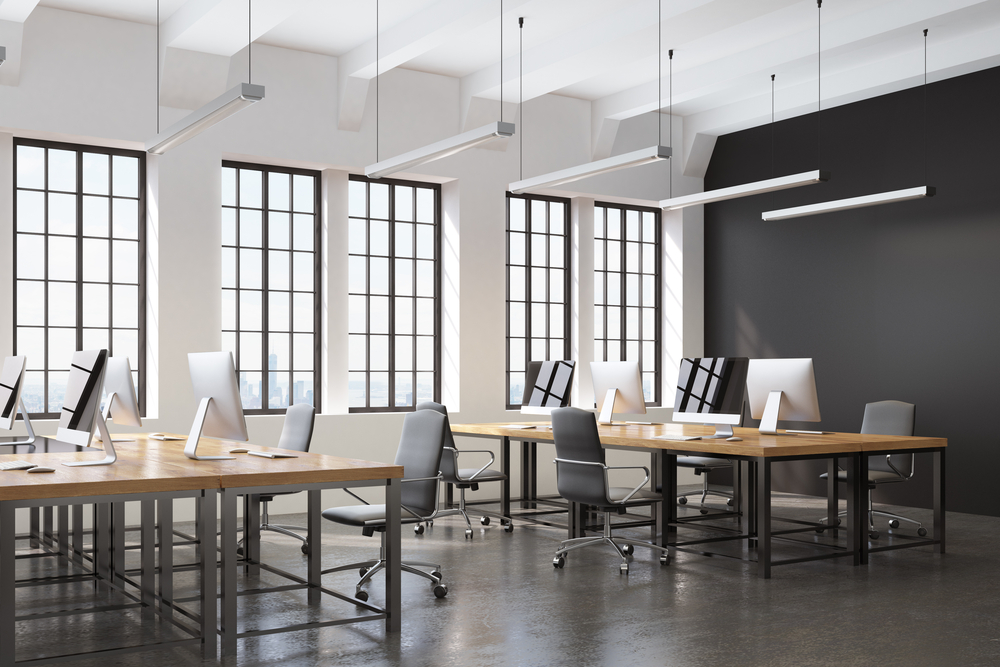
Since blue light is excellent for concentration, it is perfect for work areas. The kitchen, home offices, homework areas, and around mirrors are perfect locations. It’s often used for general lighting and task lighting. Cool lights allow the whole family to focus up and get great work done.
Because cool light keeps your brain alert, it’s best to turn off all blue light sources 2 hours before bed. That includes your phone screens and TVs – if you’re not getting great sleep at night, try changing your relationship with blue light. It can make a big difference!
Warm Light
Properties: Relaxation, sleep, resting brain
Best Locations: Bedrooms, Living Room, Dining Room, Bathtub
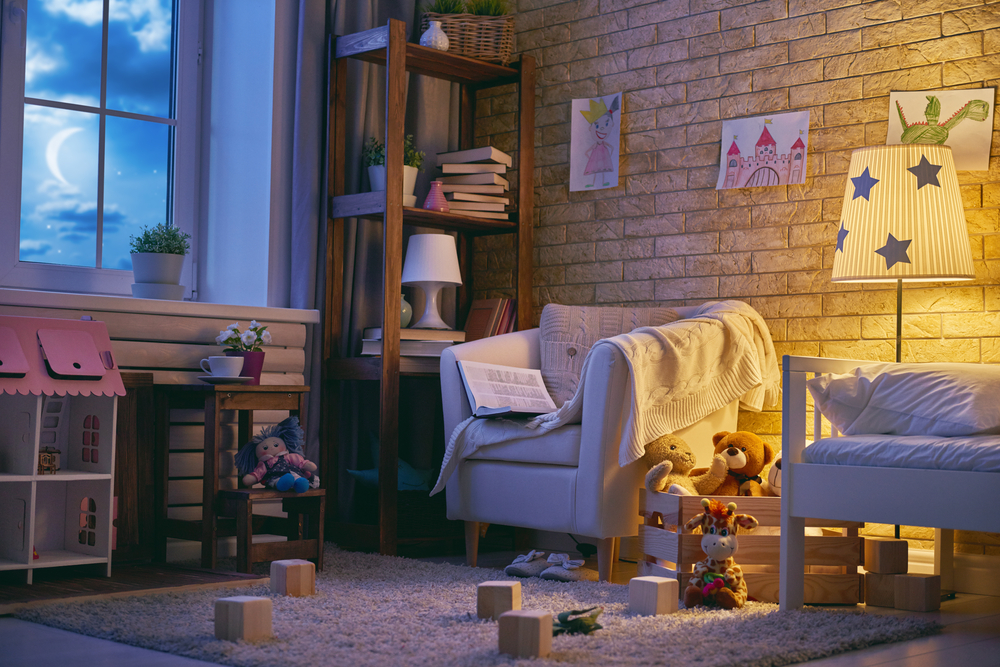
This light has a longer wavelength, travels more slowly, and outputs less energy. Warm light signals our brains to relax and encourages rest and sleep.
Fire, such as from a candle or fireplace, is a natural source of red light. Sitting around a fire at night to feel cozy or romantic isn’t an arbitrary human idea – it’s biology!
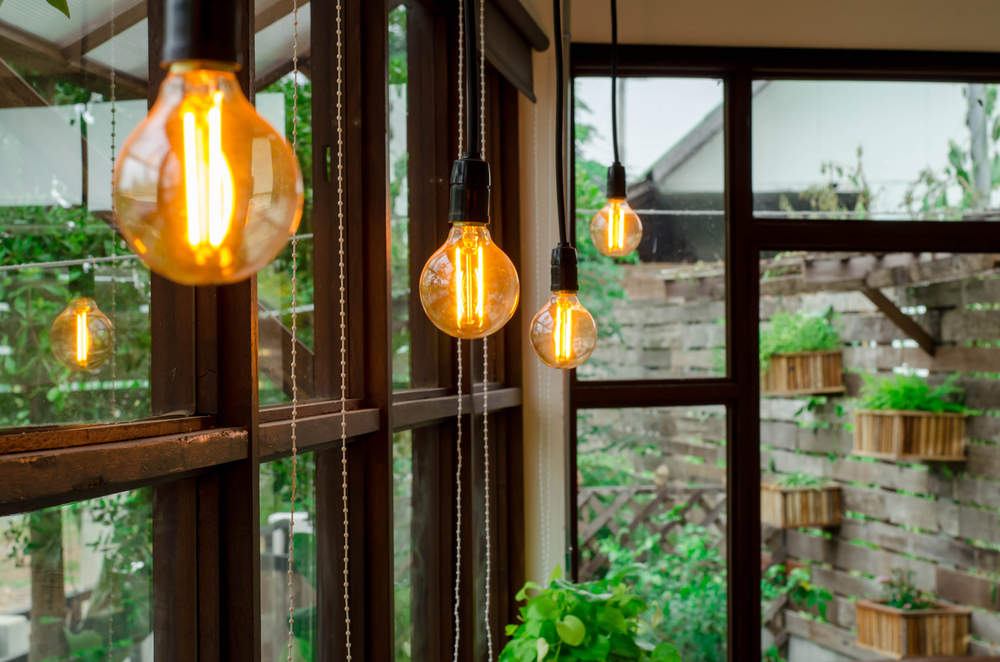
Warm light sources are perfect for bedrooms, tub areas, living rooms, or dining areas. Ending your day in warm light will help your body to relax and get ready for excellent, restorative sleep.
Natural/Neutral Light
Properties: In between warm and cool light, bright but not harsh
Best locations: Substitute for cool light for sensitive eyes
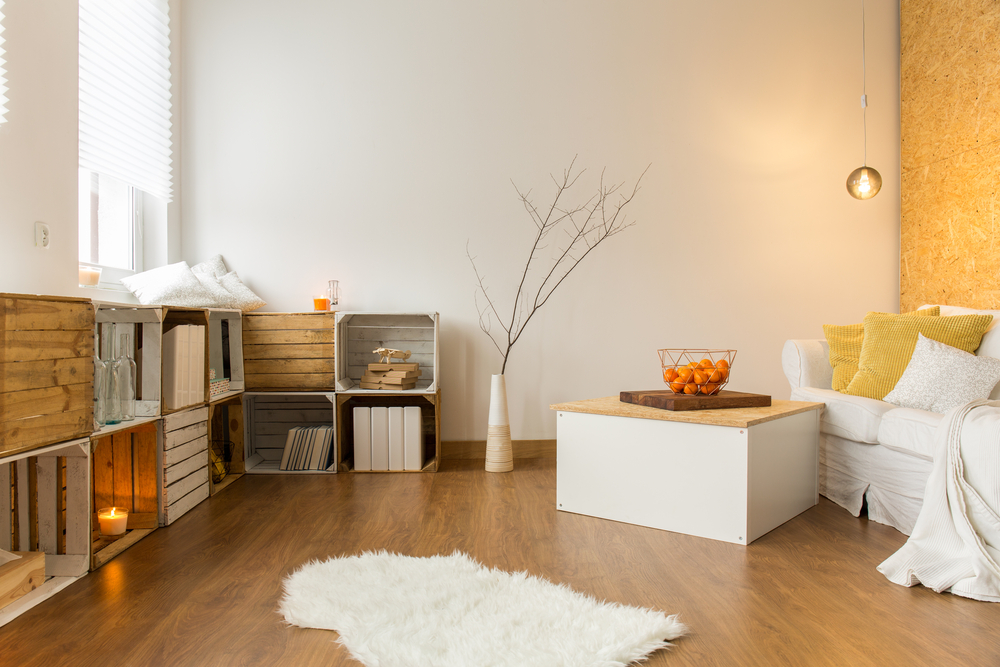
There is a third bulb temperature marketed today. Natural or neutral bulbs give off light in between cool and warm. These bulbs may be particularly useful for those with light sensitivity problems. These bulbs are bright enough to fill ambient lighting needs to work in without feeling harsh.
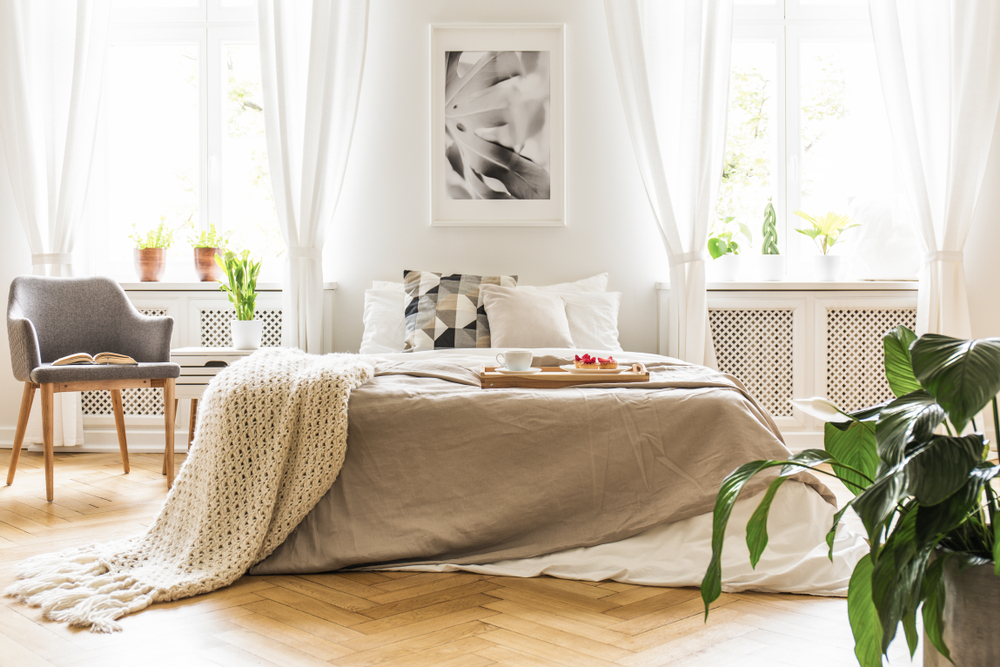
Ask the Pros
It can feel intimidating to design the light of your home. The lighting pros at LitLiving are available to help you combine your aesthetic, room needs, and budget as they connect you with the best lighting showrooms around.
